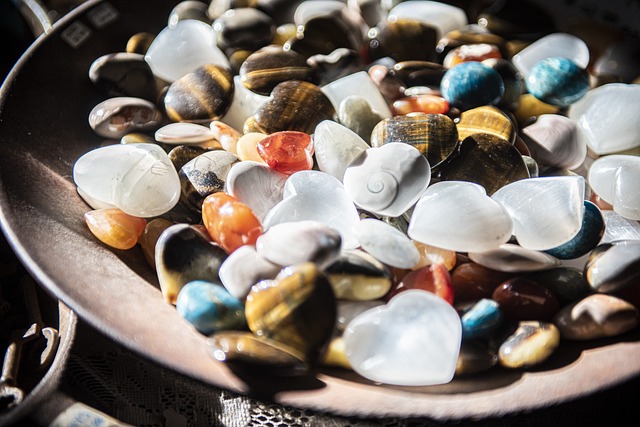Imperial Topaz, with its unmistakable peach, pink, orange, or champagne tints, is the rarest topaz assortment. The essential source is the Ouro Preto mines of Minas Gerais, Brazil. Stores were likewise found in the Ural Mountains in Russia. In fact, Imperial Topaz was named to pay tribute to the Russian government who valued its lavish brilliant sherry tones. Today Imperial Topaz is classified as an exceptionally uncommon gatherer’s jewel.
The cost and estimation of the Imperial Topaz shift contingent upon the size and nature of the gemstone. Genuine Imperial Topaz is consistently untreated, and material which has been colored by artificial methods, for example, illumination isn’t viewed as certified Imperial Topaz. There are numerous spots where these gemstones are utilized like “Imperial Topaz Ring” is exceptionally renowned and it is extremely regular among individuals because of its beautiful appearance and long solidness.
Imperial Topaz is an aluminum, hydroxyl-fluorine silicate. Solid synthetic holding makes it the hardest of the silicate minerals, with a hardness of 8 on the Mohs scale. The toughness of Topaz is reasonable since it has immaculate cleavage. Topaz has a refractive list of 1.610 to 1.630. The refractive record (RI), measured utilizing a refractometer, means that the sum light beams are twisted by a mineral. Birefringence is the difference between the base and the most extreme RI. When birefringence is high, light beams reflect off different pieces of the rear of a stone causing an evident multiplying of the back aspects when seen through the front feature.
Most gems have a crystalline structure. Precious stones have planes of evenness and are separated into seven balance frameworks. The number of tomahawks, their length, and their edge to one another decide the framework to which a precious stone has a place. Topaz solidifies in the orthorhombic gem framework, with a “Prolong Prismatic” precious stone propensity. Pinacoid, numerous arches, and orthorhombic pyramid faces produce mind-boggling and multifaceted terminations that are all-around frame. Topaz has a chain-like grid structure of sporadic octahedrons. Topaz has great (easy) basal cleavage in one bearing (in the plane opposite to the c-pivot), with a conchoidal break, thus it is a difficult stone to set without fracturing.
Color
Imperial Topaz color ranges from shades of rich reddish-orange, sherry red, striking profound salmon pink, pink-orange peach, champagne, yellow-orange to brilliant yellowish-brown colors. All imperial topaz is mined in Brazil.
While choosing Imperial Topaz, it is smarter to look at it under different light sources. Topaz is accessible in an assortment of colors and these colors are best inspected under the correct light source. Colors like orange, pink, and red are better decided under a brilliant light. Whereas blue topaz gives brilliant colors in sunshine or glaring light.
Cut
Imperial Topaz has flawless basal cleavage, consequently, it is similarly easy to cut. Frequently it is cut as stretched stones and gets emerald cuts, lengthened ovals, pads, and pear shapes. The pear shape with excessively tight shoulders is the shape that spares the heaviness of the gemstone.
Treatments
Imperial Topaz is commonly not improved by treatment. Some lighted topaz is sold as imperial, yet the name is saved for regular topaz in a suitable color go. The illuminated material isn’t color stable and is infamous for blurring, and in this way ought to stay away from.

Leave a Reply